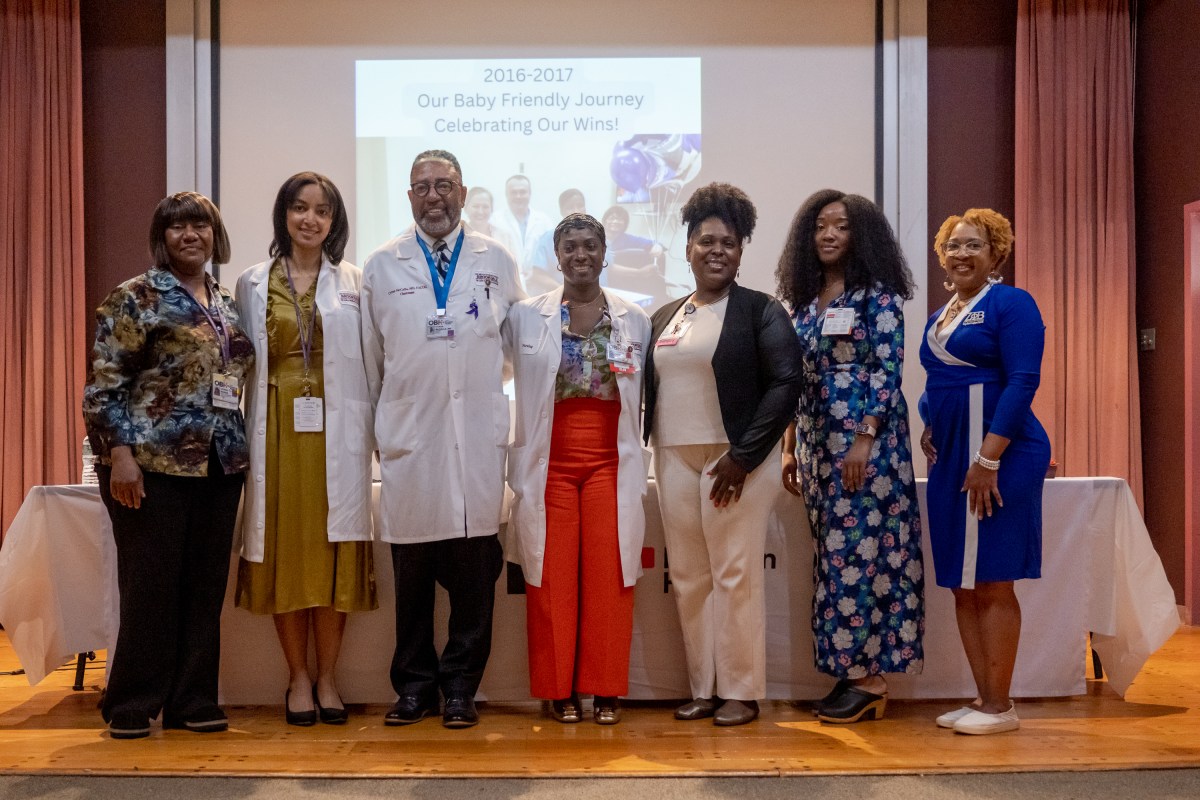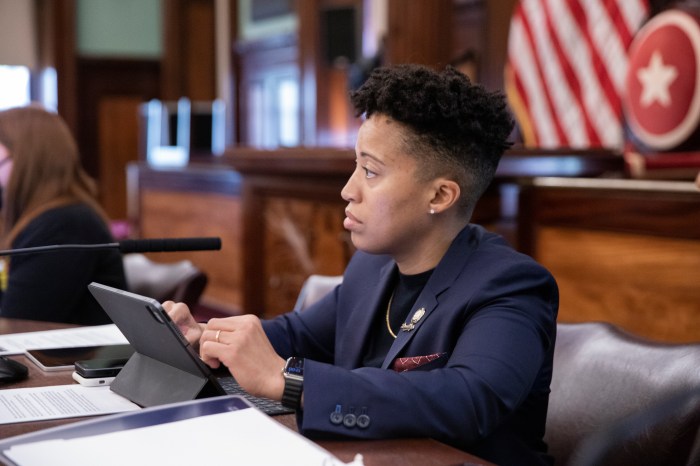BY ROBERT W. MOELLER, Ed.M. & PERRY N. HALKITIS, Ph.D. | The New England Journal of Medicine recently reported on the efficacy of an HIV antiretroviral drug for use as a pre-exposure prophylaxis (PREP) — supporting what many of us in HIV prevention have long believed provides the single best opportunity to curtail the HIV epidemic in the absence of an effective vaccine or cure.
Scientists, including Robert M. Grant, have demonstrated that the HIV antiretroviral drug Truvada (currently used to treat HIV) can be used daily by HIV-positive gay men and may effectively reduce the potential for HIV infection between 44% and 95%.
Grant and his team recruited 2499 HIV-negative men and male-to-female transgender women who have sex with men from Brazil, Ecuador, Peru, South Africa, Thailand and the United States. Participants were randomly selected to be in either the control group (those individuals receiving a sugar pill placebo) or the experimental group which received a daily dose of Truvada. The participants did not know whether they were receiving the placebo or Truvada. At 12 weeks, there was no difference between the groups in terms of those that knew and did not know which group they were in.
Once enrolled, the participants would return to the research sites every four weeks with the pill bottles and report on their adherence to the medication. Rapid Result HIV testing was conducted, as well as confirmatory testing for those individuals who tested HIV-positive. Grant notes that of the 100 people who tested HIV-positive during the study, 64% were in the placebo group and 36% were in the Truvada group. These findings indicate a 44% reduction of HIV infection among the group receiving Truvada.
We now have scientific evidence that using Truvada on a daily basis may help many individuals at risk for an HIV infection avoid seroconverting. Truvada, owned by Gillead Sciences, is a once-daily combination of Emtriva (emtricitabine) and Viread (Tenofovir Disoproxil Fumarate) — known as nucleoside reverse transcriptase inhibitors (NRTIs). While Gillead has not yet sought FDA approval to market Truvada as a pre-exposure prophylaxis, Grant’s study provides an opportunity to consider another line of defense in the continuing fight to reduce and ultimately eradicate HIV infections around the world. Individuals whose behavior places them at high risk for an HIV infection may soon have the option of utilizing a once-a-day pill to reduce the likelihood of contracting HIV. The use of PREP could be used to complement the already-existing post-exposure prophylaxis (PEP) that is used to thwart a potential infection when someone has been exposed to HIV-transmitting bodily fluids (such as those individuals who have experienced a needle stick injury, were a victim of rape, or had unprotected sex with an HIV-positive partner). The use of PEP has been recommended by the CDC since the early 1990s, and has been shown to be effective in reducing HIV seroconversion if taken within 72 hours after an HIV exposure.
For years, the HIV prevention field has understood the potential for PREP to help contain the HIV epidemic, particularly in light of programs solely targeting behavior change that have simply fallen short. Ultimately, our success in eradicating HIV may be realized by coupling PREP with effective behavioral interventions. Over the last decade, our collaborators at Harlem United and Gay Men’s Health Crisis (www.gmhc.org) have developed innovative programs geared toward helping individuals reduce their behavioral risk. These programs often focus on providing individuals with a combination of knowledge and skill to make sexual decisions that reflect their desire to prevent infection or transmission. Fortunately, these agencies have had the foresight to recognize that any approach to safer sex must move beyond overly simplistic models of “rational” decision-making.
While PREP provides us an innovative and powerful strategy for curtailing HIV in gay men, we believe that PREP will only be effective if coupled with behavioral approaches that pay attention to emotions and desire and that speak to aging as well as new generations of gay men.
Our recent work at the Center for Health, Identity, Behavior & Prevention Studies (CHIBPS; www.chibps.org) with the New York City Department of Health and Mental Hygiene — in a study named “Project Desire” — allowed us to better understand the prevention needs of a new generation of gay men. In the study, we surveyed 580 young men ages 13-29 nd conducted in-depth discovery-based interviews with 94 of them to better understand the needs, desires, hopes, fears and realities with regard to HIV and with HIV embedded within the context of their whole lives.
Virtually all of the young men we interviewed knew how HIV was transmitted and could cite what they had learned about routes of infection. Yet despite the abundance of knowledge, most of our participants spoke about not being consistently safe in their sexual practices — frequently referring to instances of unprotected sexual encounters as “lapses in judgment,” “getting caught in the heat of the moment” or simply “not thinking.”
Not surprisingly, we have found that individuals’ decisions regarding sexual behavior are incredibly complicated — specifically, the ability to both know and not know something at the same time and the innate ability of people to psychologically disassociate or disconnect from what they know, then later reconnect. In our interviews, we almost always heard in the beginning of the interview the sheer volume of what these men knew about HIV transmission. Later, when asked to describe a recent sexual experience, we would often hear these men talk about having unprotected sex, literally not thinking or talking about protection — and then, almost instantly upon experiencing an orgasm, feeling incredibly guilty and scared that they might have contracted HIV from this sexual encounter. A close read of the interviews has shown us how these men literally disassociate from their fear of HIV, engage in behaviors that begin to tap into their sexual desire and then reconnect with the fear.
The fields of trauma research and substance abuse research are filled with examples of disassociations. In our own work with methamphetamine-using gay and bisexual men, we meet individuals who tell us they do not have a substance use problem, yet also tell us that because of their drug use they are on the verge of losing their jobs and may soon find themselves evicted from their apartments. These men both know, and don’t know, of their problem with substances. Herein is the most troubling issues for HIV prevention and one of the most interesting psychological phenomena: how to account for complex psychological processes when developing HIV prevention programs.
Current behavioral interventions have tended to focus on what are referred to as rational decision-making paradigms (which posit that if an individual has the necessary information and skills to avoid an HIV infection and have the desire to remain negative, they will make sexual decisions that reflect their knowledge, skills and motivation). Yet these models fail to account for the role of emotions in decision-making. Even in our colloquial language, we frequently refer to emotions as a barrier to effective decision-making, “don’t make any rash decisions…don’t let your emotions get the best of you…make a clear non-emotional decision.” This split between thought and emotion is completely artificial and scientifically untrue. People are literally hard wired to utilize emotions in virtually every component of daily living.
Unfortunately, the most acclaimed behavioral intervention programs (even those that the CDC deems effective; the so-called DEBIs) neglect the complexity of emotions and rely more on rational decision-making and knowledge building. This is why behavioral change has failed so miserably. What might work well in a research setting and research study does not necessarily translate to real life. Unfortunately, in the absence of more sophisticated, nuanced and integrated HIV behavioral programming, PREP will be left to stand alone to combat the HIV epidemic in gay men — a situation which in the end is fraught with its own shortcomings.
PREP is not 100% effective in preventing HIV infection — and, when considering the challenges of HIV medication adherence, the efficacy of PREP is significantly reduced. In Grant’s study, Truvada did reduce the incidence of HIV. However, many individuals taking PREP still contracted HIV. PREP is not a vaccine or a cure for HIV. It is, at best, another tool in the arsenal to combat HIV.
It is our hope that behavioral researchers will free themselves from the biases and antiquated models that have long directed HIV prevention and work with those most affected by HIV and their advocates like GMHC and Harlem United to create behavioral interventions that are meaningful and true to the lives of gay men. And for some individuals, this may mean utilizing PREP as we work to contain a disease that has devastated our community for the last 30 years.
Robert W. Moeller, Ed.M. is a Doctoral Candidate and Project Director at CHIBPS — and Perry N. Halkitis, Ph.D., is Professor of Applied Psychology and Public Health, at the Steinhardt School of Culture, Education, and Human Development, New York University.
















